
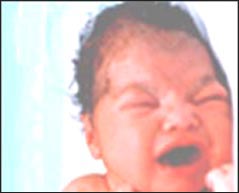
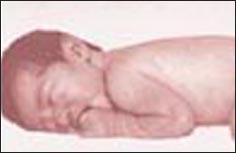
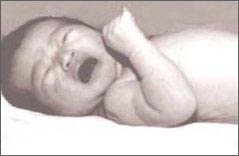
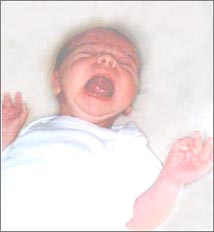
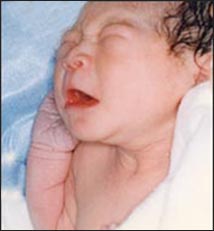
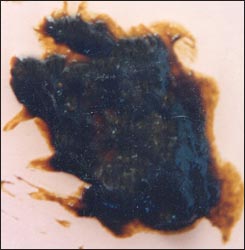

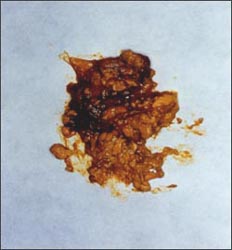

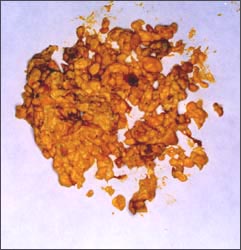


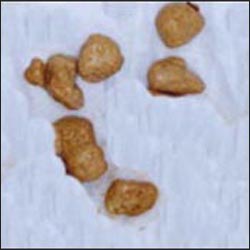
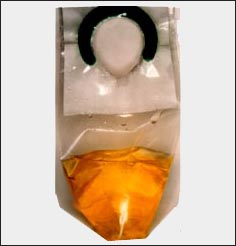

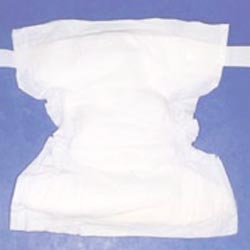

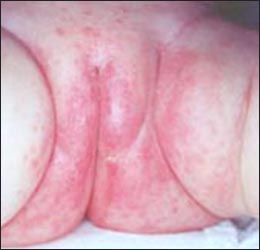
Copyright ⓒ 2014 John Sangwon Lee, MD., FAAP
Urination, bowel movement, sleeping, language, crying of newborn infants 신생아의 소변, 대변, 잠, 말, 울음

As soon as a premature baby is born, he is breathing and crying.
![]()

I’m crying because I’m hungry
![]()

The diaper is wet and too hot to cry
![]()

Crying with fever, pain and otitis media
![]()

The baby is crying with infant colic
![]()

Whether you want to play with her mom or talk, you can cry when you need love.
![]()
Some babies ask for more of this and cry more Some babies sleep more, while others sleep much less.
During the first few weeks of life, most babies wake up and eat often day or night.
The “24 hours a day, night and day cycle” that was in her mother’s belly before she was born could continue for weeks to months after her birth. Because of that, the time of day and night is not clearly distinguished. However, after her birth, according to her mother and father’s “24 hours a day, night and day cycle,” the time to sleep, wake up, and eat begins to gradually cover up the night and day.
From the age of 4 to 6 months, most infants sleep with their mom and dad at night and stay awake with their mom and dad during the day according to their mom and dad’s 24-hour day and night cycle.
In other words, I can sleep and stay awake at the same time as my dad. However, during infancy, some babies sleep at any time and others grow with irregular day and night cycles that are awake at any time.
Some babies sleep only during the day and wake up at night without any sleep. If you sleep during the day and do not sleep at all at night, you will sleep more at night if you wake up as much as possible during the day to prevent naps or sleep a little.
Some babies keep this sleeping habit for months and years without abandoning it. However, mom and dad have to endure these things and raise the baby with her love.
During the first 1-2 months of life, most babies sleep about 20 hours a day. Sleeping habits are also slightly different depending on the baby. The waking time is usually about 30 minutes.
Use while the baby is awake to feed, change wet diapers, and bathe. And mom and dad have to hug her baby, speak her words, and make physical contact with her gaze to love her child. In just a few months, the baby can discern the voices of mom and dad.
You can also see that it reacts to it.
When mom and dad love and caress their baby, she will love it. Even so, when a young baby grows up, at 2 to 3 months of age, he even recognizes the faces and voices of mothers and fathers.
Most newborns urinate every 2 to 4 hours. Depending on the baby who is getting enough milk from the mother and the baby who is fed artificial nutrition, and depending on each baby, she stool once to seven times a day.
Some breastfeeding babies may stool immediately after breastfeeding for a month or two. Some newborns stool normally every 2 to 3 days.
Depending on the baby, the frequency of stooling normally varies a lot. The number of feces seen by a newborn baby feeding a mother’s milk and a newborn baby feeding artificial nutrition is also slightly different.

Meconium
![]()

Meconium turns into breast milk
![]()

Meconium turns into breast milk
![]()

Breast stool
![]()

Breastfeeding baby’s stool
![]()

Baby’s stool on artificial nutrition
![]()

Diarrhea
![]()

Constipation stools
![]()
During the first one or two months of life, the baby feeds on mother’s milk or artificial nutrition every 2 to 4 hours.
If you are crying because you are hungry, or crying because you feel anxious, it is better to try feeding them early even if it is not time to feed them with breast milk or artificial nutrition.
You need to know how long it will take to breastfeed once. You need to know how long it takes to feed your baby with artificial nutrition once, how often to feed it, and how much artificial nutrition you need to feed your baby at a time.
It is helpful to bring a memo with a questionnaire that you have questioned when feeding breast milk or artificial nutrition for regular health check-ups.

I sometimes use this kind of urine bag (pouch) to receive urine from newborns.
![]()
You should also be aware of the time and interval of feeding milk or artificial nutrition, the time of eating milk or artificial nutrition, eating habits, whether or not you have enough or insufficient milk, the amount of artificial nutrition you eat once, and the amount of artificial nutrition you eat all day.
If you have any doubts about it, you should ask your doctor.
When a baby has something he wants, he cries in different tones, tones, and sizes of voices to inform mom and dad that he has what he wants.
Crying is what the baby said.
The baby cries and expresses to his mom and dad that he has what he wants. Some babies cry more than others. In other words, talk a little more. Most mothers can easily tell if their baby is crying for what they want, crying because they are hungry, where they cry because they are sick, and for some other reason, but more often they are not sure why the baby is crying.

Cloth diapers
![]()

Disposable diapers
![]()

Candida fungal diaper dermatitis
![]()

Seborrheic diaper dermatitis
![]()
When your baby cries, burp him, see if the diaper is wet or touch it, find out if the room temperature is too hot or too cold, where it hurts or if it has a fever, and if it needs love. Sometimes, when you hug, freeze, and love a crying baby, you stop crying.
Most mothers can only hear their baby’s cries and know if the baby is crying because of sickness, hungry, wet diapers, or for any other reason. That’s why babies cry is said to be words.
When diapers are wet with urine or feces, changing diapers will stop crying. If you wear a wet diaper for a long time, diaper dermatitis can easily develop. Also, diaper dermatitis that had already occurred is worsening.
Disposable diapers are easy to use, but given the fact that most babies wear 72 disposable diapers a week, they are uneconomical.
It depends on the parents’ judgment, but it is economical to wear cloth diapers. Copyright ⓒ 2014 John Sangwon Lee, MD., FAAP
“부모도 반의사가 되어야 한다”-본 사이트의 내용은 여러분들의 의사로부터 얻은 정보와 진료를 대신할 수 없습니다.
“The information contained in this publication should not be used as a substitute for the medical care and advice of your doctor. There may be variations in treatment that your doctor may recommend based on individual facts and circumstances.
“Parental education is the best medicine.“